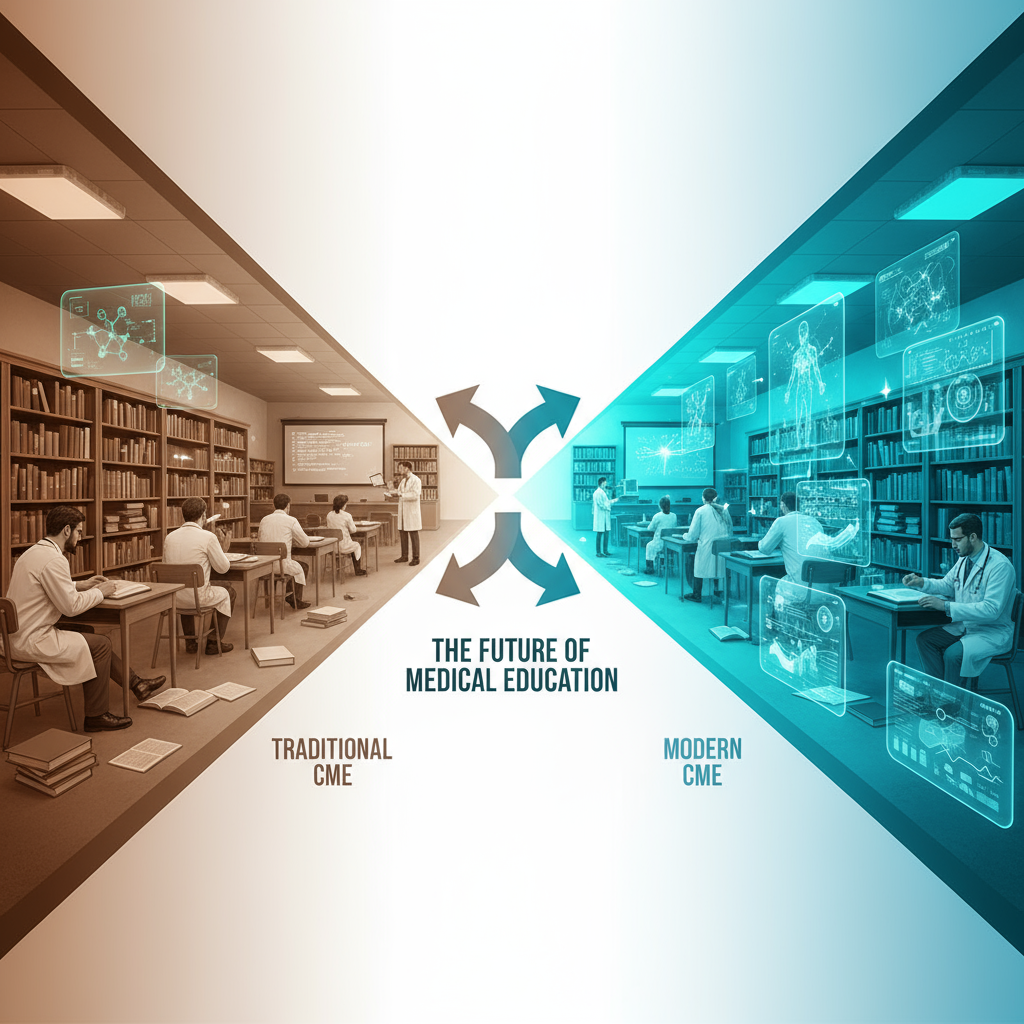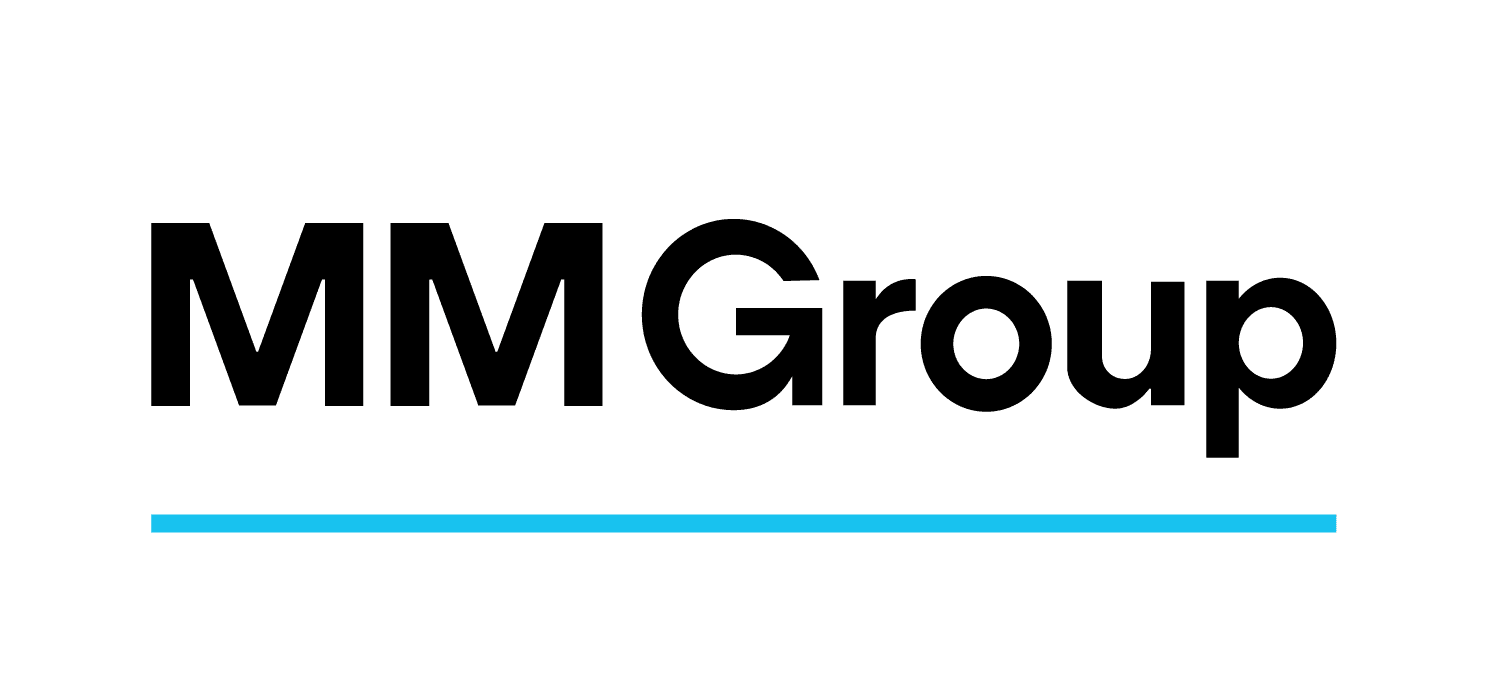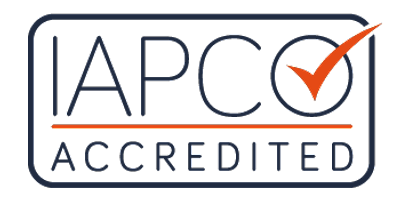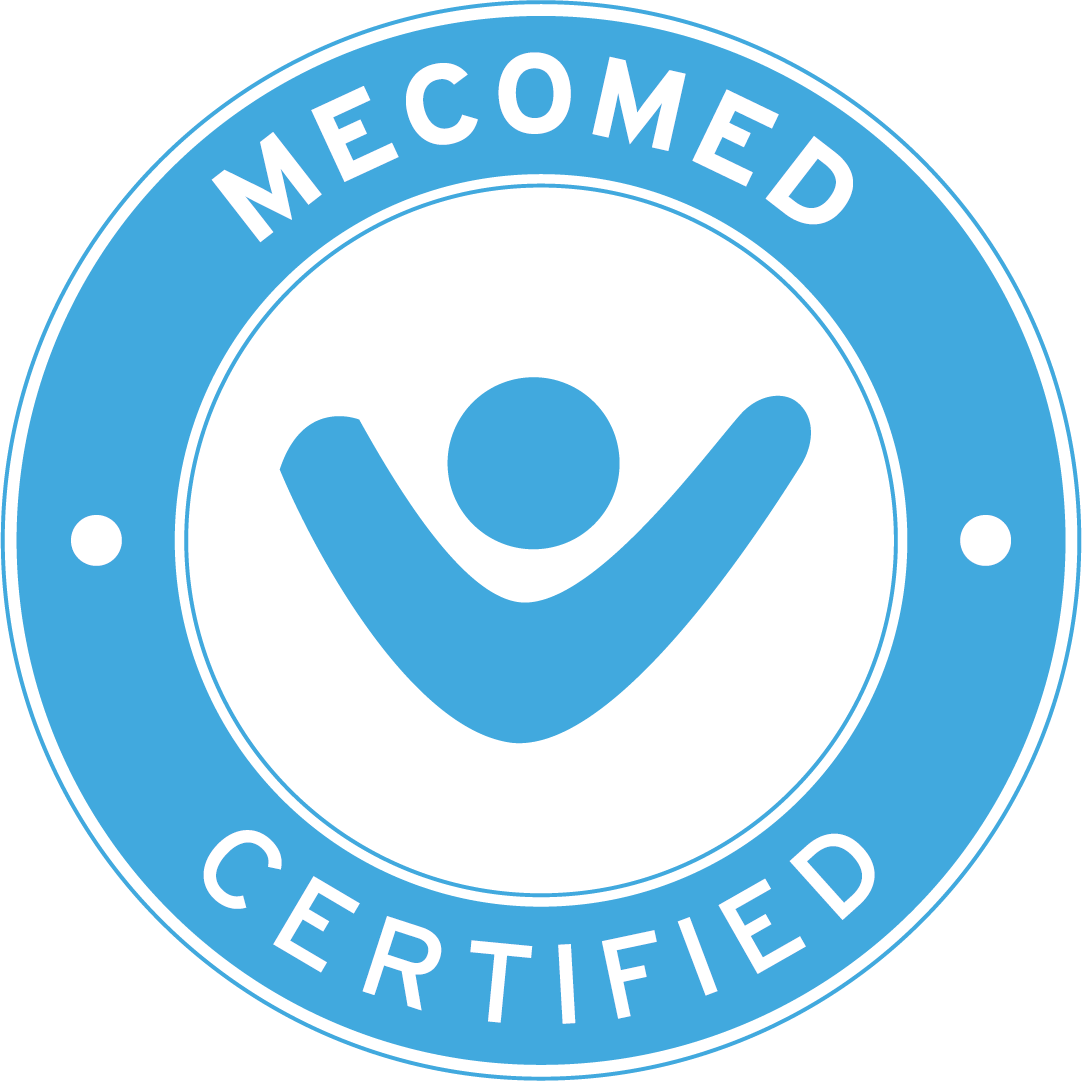Back to Blog
Healthcare Communications
Featured
Evidence-Based Messaging in Healthcare Communications
Strategies for crafting compelling healthcare narratives that maintain scientific rigor while engaging diverse stakeholder audiences effectively.

Evidence-Based Messaging in Healthcare Communications
Strategies for crafting compelling healthcare narratives that maintain scientific rigor while engaging diverse stakeholder audiences effectively, bridging the gap between complex medical evidence and clear communication.
The Foundation of Credible Healthcare Communication
Healthcare communication requires a unique balance between scientific accuracy and accessibility. Evidence-based messaging ensures that complex medical information is conveyed clearly while maintaining the integrity and rigor that healthcare professionals expect and patients deserve.
The challenge lies in translating sophisticated scientific concepts into language that resonates with different audiences without sacrificing accuracy or credibility. This requires deep understanding of both the evidence itself and the communication preferences of various healthcare stakeholders.
Understanding Your Evidence Landscape
Effective evidence-based messaging begins with comprehensive understanding of the available research, its quality, and its relevance to different audiences. Primary evidence sources like randomized controlled trials and systematic reviews provide the strongest foundation, while real-world evidence and expert consensus statements offer valuable context and practical insights.
The key is developing a hierarchy of evidence that guides message development while acknowledging limitations and uncertainties appropriately. This transparent approach to evidence quality builds trust with sophisticated healthcare audiences who understand the nuances of medical research.
Audience-Specific Message Development
Different healthcare stakeholders require different approaches to evidence-based communication. Healthcare professionals need detailed clinical data and mechanistic explanations that support their decision-making processes. Patients and caregivers need clear explanations of benefits and risks in language they can understand and act upon.
Regulatory and payer audiences focus on cost-effectiveness analysis and population health impact, while requiring rigorous documentation of claims and supporting evidence. Understanding these distinct information needs enables more effective, more targeted communication strategies.
Maintaining Scientific Integrity While Enhancing Accessibility
The art of evidence-based messaging lies in making complex information accessible without oversimplifying or distorting the underlying science. This requires careful attention to language, visual presentation, and the use of analogies or examples that illuminate rather than obscure scientific concepts.
Successful evidence-based messaging acknowledges uncertainty and limitations while presenting information in ways that support appropriate decision-making. This balanced approach builds credibility with professional audiences while remaining accessible to broader stakeholder groups.
Regulatory Compliance and Ethical Considerations
Evidence-based messaging in healthcare must navigate complex regulatory requirements while maintaining ethical standards for truth and transparency. Fair balance requirements, claim substantiation standards, and limitations on off-label communication create frameworks that guide but don't restrict effective communication.
The most successful organizations view regulatory compliance not as a constraint but as a framework for building trust and credibility. By consistently adhering to high standards for evidence-based communication, organizations build reputations for reliability and integrity that become competitive advantages.
Measuring Impact and Effectiveness
The effectiveness of evidence-based messaging extends beyond traditional metrics to include measures of audience understanding, behavior change, and long-term relationship quality. Success is demonstrated through improved health outcomes, enhanced professional relationships, and sustained trust in organizational communications.
Continuous improvement processes incorporate feedback from healthcare professionals, patients, and other stakeholders to refine messaging approaches and ensure ongoing relevance and effectiveness. This commitment to improvement demonstrates respect for audiences and dedication to communication excellence.
"Evidence-based messaging is not about limiting creativity—it's about channeling creativity in service of truth, ensuring that every communication advances understanding while maintaining scientific integrity."
Evidence-based messaging in healthcare communications represents the intersection of scientific rigor and communication excellence, building stronger relationships with healthcare professionals while better serving patient needs and contributing to improved health outcomes through trustworthy, credible communication.











.jpg)